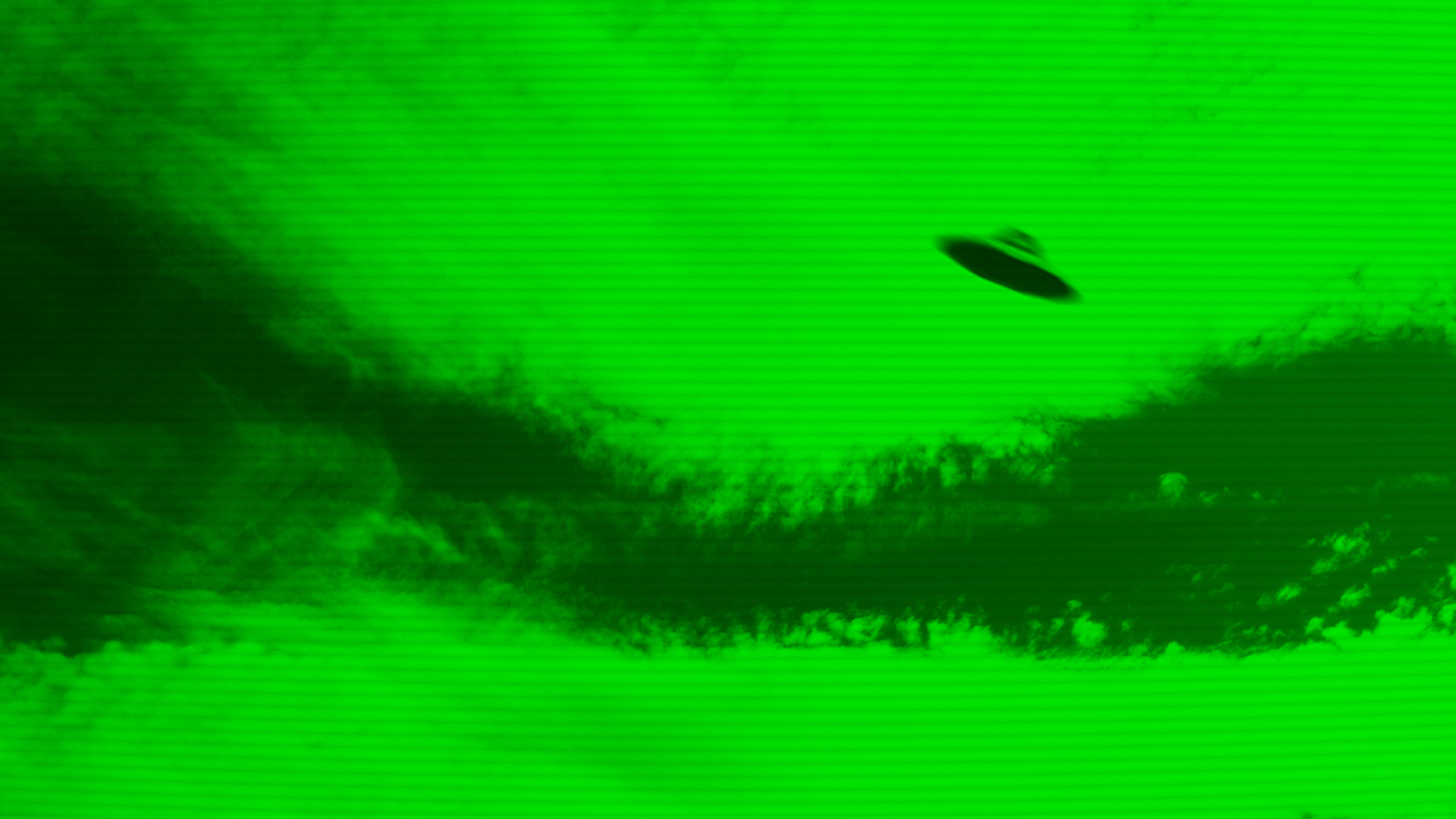Most Americans think intelligent aliens exist, and half think they have visited Earth

For the last few weeks, the imminent release of a U.S. intelligence report on unidentified flying objects (UFOs) had stirred excitement across the United States. So it's not surprising to find that most Americans believe in intelligent life inhabiting other worlds, according to a survey conducted before the report was made public on June 25.
Approximately 65% of Americans concur that extraterrestrials exist, and about 51% say that UFO sightings reported by members of the U.S. military represent visits from intelligent aliens, according to a survey conducted by the Pew Research Center, a nonpartisan think tank in Washington, D.C.
Related: UFO watch: 8 times the government looked for flying saucers
Pew released their survey results prior to World UFO Day, an informal holiday celebrated on July 2 by UFO enthusiasts. The date is a nod to the purported 1947 UFO crash on a ranch at Roswell, New Mexico, according to the World UFO Day website. While the exact date of the alleged Roswell crash is unknown, the U.S. Army issued a press release on July 8, 1947, describing the recovery of a crashed flying disk from the ranch, launching an enduring fascination in the U.S. with extraterrestrials and UFOs (army representatives later identified the mysterious object as an errant weather balloon).
For the survey, Pew representatives questioned 10,417 American adults about aliens and UFOs. They found that about 76% of people between 18 and 29 years of age were likely to believe in intelligent aliens, compared with 69% of people ages 30 to 49 and only 58% of people ages 50 to 64. Regardless of age, most people who were surveyed — 87% — rejected the notion that UFOs posed a threat to national security — although the question didn't break down whether that's because they believe UFOs are ordinary objects or because they believe the aliens flying these UFOs are friendly.
The long-awaited government report on UFOs was promised to the U.S. Senate Intelligence Committee six months ago. The committee requested an investigation into unidentified aerial phenomena (UAPs), to be delivered by the the director of national intelligence and the secretary of defense, at a time no more than 180 days from Dec. 21, 2020 — the date when the Intelligence Authorization Act for the Fiscal Year 2021 was enacted.
While Pentagon officials released most of the new report, part of it remains classified and is not available to the public, Live Science previously reported. However, the report did reveal that military aviators recorded 144 UAP sightings between 2004 and 2021, of which only one could be definitively identified — as a weather balloon, the report said.
Sign up for the Live Science daily newsletter now
Get the world’s most fascinating discoveries delivered straight to your inbox.
The report did not describe any UAPs as extraterrestrial in origin, instead saying "there are probably multiple types of UAP requiring different explanations based on the range of appearances and behaviors described in the available reporting."
Originally published on Live Science.

Mindy Weisberger is an editor at Scholastic and a former Live Science channel editor and senior writer. She has reported on general science, covering climate change, paleontology, biology and space. Mindy studied film at Columbia University; prior to Live Science she produced, wrote and directed media for the American Museum of Natural History in New York City. Her videos about dinosaurs, astrophysics, biodiversity and evolution appear in museums and science centers worldwide, earning awards such as the CINE Golden Eagle and the Communicator Award of Excellence. Her writing has also appeared in Scientific American, The Washington Post and How It Works Magazine. Her book "Rise of the Zombie Bugs: The Surprising Science of Parasitic Mind Control" will be published in spring 2025 by Johns Hopkins University Press.









